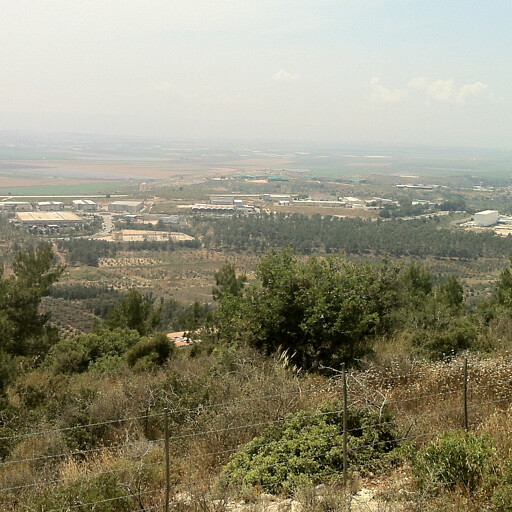Places in the Bible Today:
Cabul 2
Data
| Translated Names | Cabul, Land of Cabul, Land of Kabul |
|---|---|
| Type | region |
| Notes | likely a region surrounding Cabul |
| Geo Data |
KML (for Google Earth) GeoJSON (for GIS applications) |
1 Identification
- Cabul 2 (ancient): very high confidence
Verses (1)
1Kgs 9:13
Linked Data Identifiers
| Source | Identifier |
|---|---|
| Logos Factbook | Cabul |
| OpenBible.info (2007) | Cabul 2 |
| OpenBible.info | a08144e (Cabul 2) |
| TIPNR | Cabul@1Ki.9.13 |
| UBS Names Database | ot ID_1526 |
Sources
- Anchor Yale Bible Dictionary (1992): Cabul (place)
- Archaeological Encyclopedia of the Holy Land (1990): Cabul
- Carta Bible Atlas, 5th Edition (2011)
- Holman Bible Atlas (1999)
- Ian Mladjov’s Resources
- International Standard Bible Encyclopedia (1979): Cabul
- JW.org
- New Bible Dictionary (1996): Cabul
- New Interpreter’s Bible Dictionary (2009)
- New Moody Atlas of the Bible (2009)
- Penguin Historical Atlas of the Bible Lands (2009)
- Rogerson, New Atlas of the Bible (1985)
- Zondervan Atlas of the Bible (2010)
- Zondervan Encyclopedia of the Bible (2010)
Confidence Trends over Time
This chart indicates how confidence in the identification is changing over time. Each dot (connected by a dotted line) reflects the confidence of an identification over the preceding ten years (e.g., the 2009 dot reflects scholarship from 2000 to 2009), and the corresponding solid line reflects a best-fit line for the identification. Confidences that cluster near or below 0% indicate low confidence. Because of the small dataset, it's best to use this chart for general trends; if one identification is trending much higher than the others, for example, then you can probably have higher confidence in the identification. This chart only reflects the sources I consulted (listed above), not an exhaustive review of the literature.
Places with Similar Names
Image

Credit: AndreyHohutkin (modified)
About
This page identifies the current consensus around the modern location of this biblical place.
The isobands you see on the map (gray areas with dark borders) attempt to give you confidence where a region is. Because many ancient regions aren't precisely defined, I consulted atlases to determine where the biblical region is located and used that data to build the isobands. The smaller isobands reflect more confidence that the given isoband is in the region, while the larger isobands reflect less confidence. Isobands are a kind of contour line that here indicate confidence levels.
